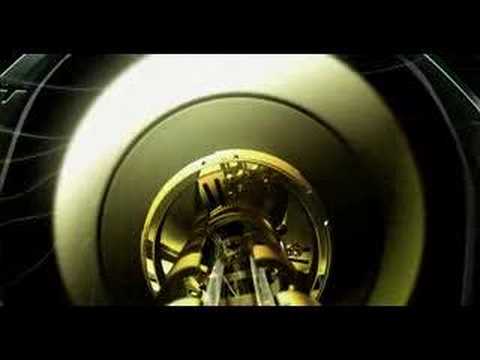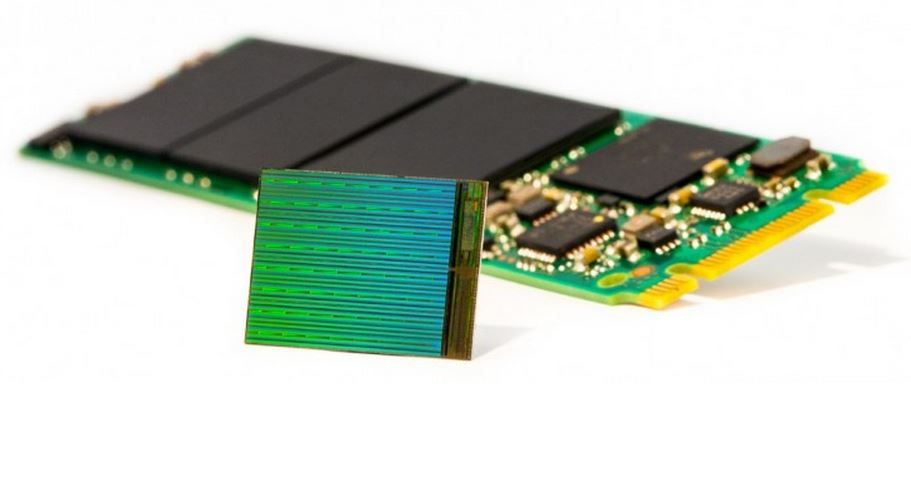Sep 20, 2015
For more innovative ideas, visit our website at
Posted by Shailesh Prasad in categories: energy, engineering
http://www.engineeringbuddies.com/channels/innovative-ideas/
The Engineering Buddies Team
www.EngineeringBuddies.com
http://www.engineeringbuddies.com/channels/innovative-ideas/
The Engineering Buddies Team
www.EngineeringBuddies.com
Using nanostructured glass, scientists at the University of Southampton have, for the first time, experimentally demonstrated the recording and retrieval processes of five dimensional digital data by femtosecond laser writing. The storage allows unprecedented parameters including 360 TB/disc data capacity, thermal stability up to 1000°C and practically unlimited lifetime.
Coined as the ‘Superman’ memory crystal, as the glass memory has been compared to the “memory crystals” used in the Superman films, the data is recorded via self-assembled nanostructures created in fused quartz, which is able to store vast quantities of data for over a million years. The information encoding is realised in five dimensions: the size and orientation in addition to the three dimensional position of these nanostructures.
A 300 kb digital copy of a text file was successfully recorded in 5D using ultrafast laser, producing extremely short and intense pulses of light. The file is written in three layers of nanostructured dots separated by five micrometres.
Version 1.0, Tree of Life.
“Tens of thousands of smaller trees have been published over the years for select branches of the tree of life—some containing upwards of 100,000 species—but this is the first time those results have been combined into a single tree that encompasses all of life.”
A first draft of the “tree of life” for the roughly 2.3 million named species of animals, plants, fungi and microbes—from platypuses to puffballs—has been released.
Continue reading “‘Tree of life’ for 2.3 million species released” »

https://www.youtube.com/watch?v=S_1PssU1a9U&feature=youtu.be
One of the most awesome openings ever made.
And…it’s literally six seconds of pixelated blob. But before you laugh, know this: Capturing that planetary transit you just witnessed was no easy task.
You’re looking at Beta Pictoris b, a gas giant ten to twelve times the mass of Jupiter that orbits a star over 60 light years away. That’s 3.527 × 1014 miles from us, and we’re actually able to see it! If you’re still not impressed, try this on for size: Beta Pictoris b is roughly a million times dimmer than its parent star.

The BiCS uses 48-layer stacking process that improves reliability and speed. Toshiba was the company that invented flash memory and has the 15nm NAND cells which are the smallest in the world.
Right now company is gearing up for its mass production and giving out samples to the companies.
Continue reading “Intel and Toshiba Make 3D SSD With 10TB Capacity at Lower Prices” »
1 Bit = Binary Digit.
8 Bits = 1 Byte.
1024 Bytes = 1 Kilobyte.
Which all together weigh around 50 grams. Or about the weight of one strawberry.
Image created by the amazing Dorota Pankowska (Dori the Giant) as part of a poster series for VSAUCE.
We’re born, we grow, we age, and then we die. Well, maybe not all of us, according to a new study on the animals amongst us who, while they continue to grow older, don’t deteriorate with age.
A new study out of Nature takes a comparative look at the life cycles of 46 different species (us included) and finds that not all species live by this pattern of decline that we do. In fact some, the hermit crab, for instance, seem to have turned the whole process upside down. Virginia Hughes at National Geographic explains:
